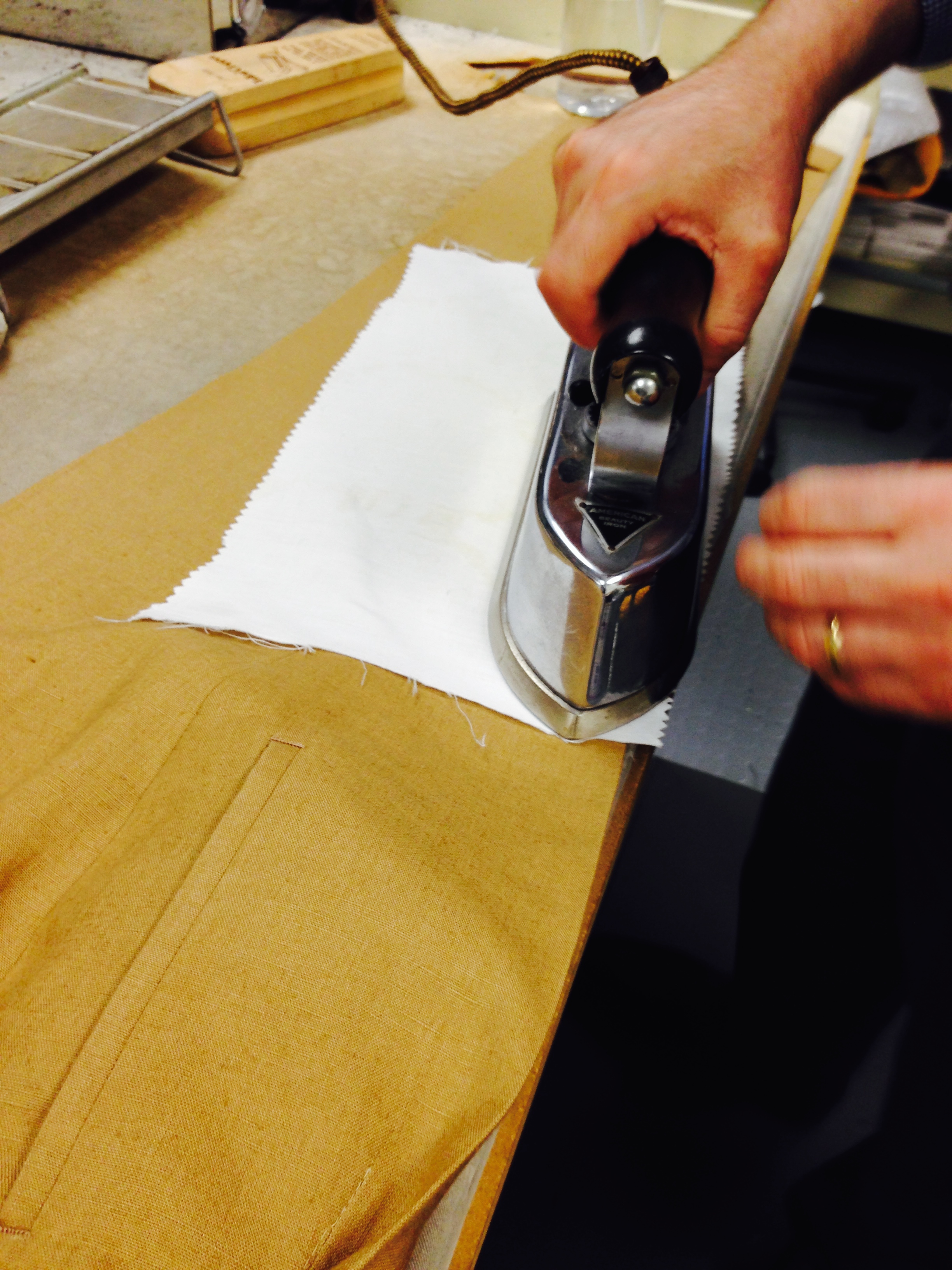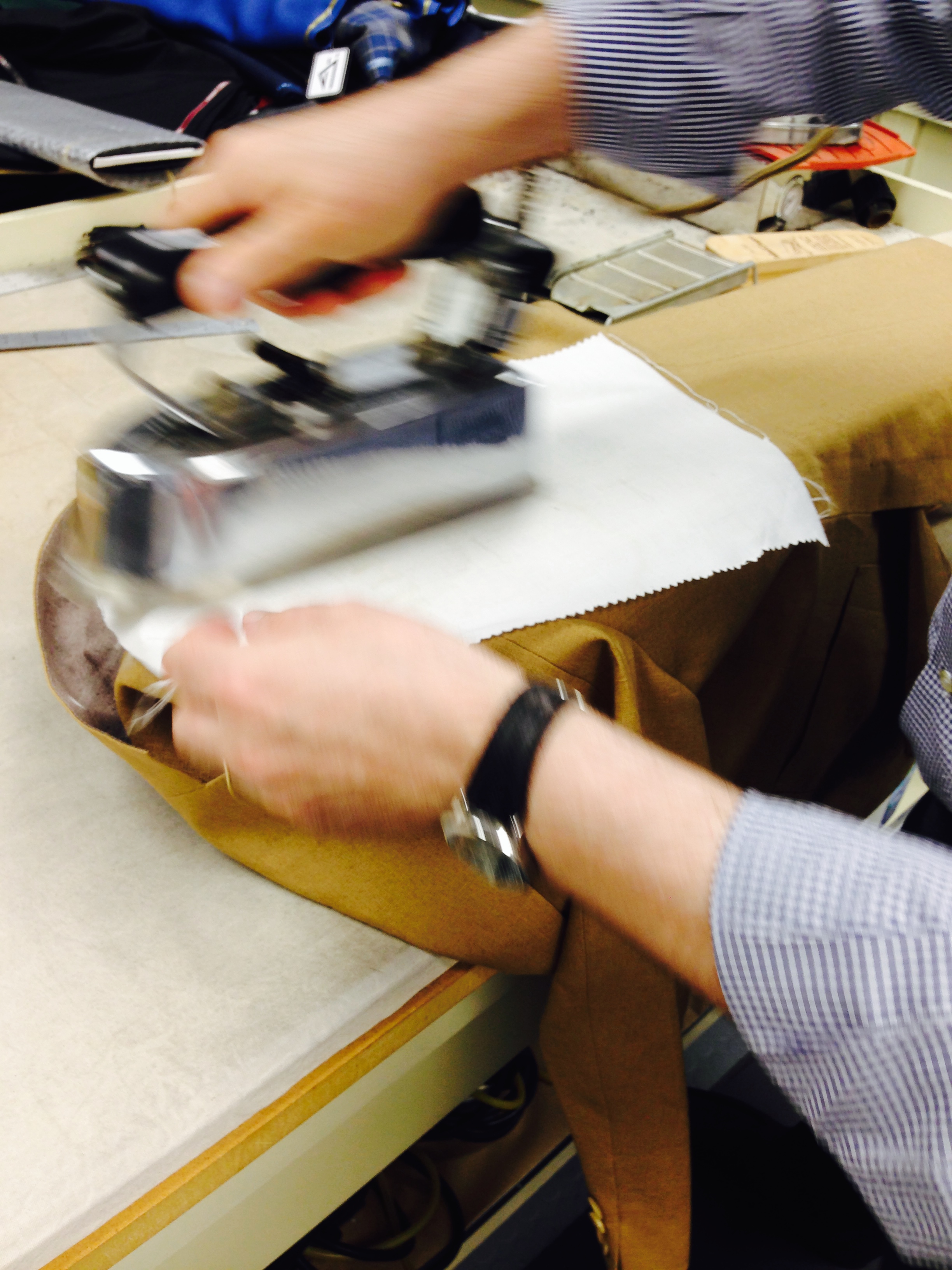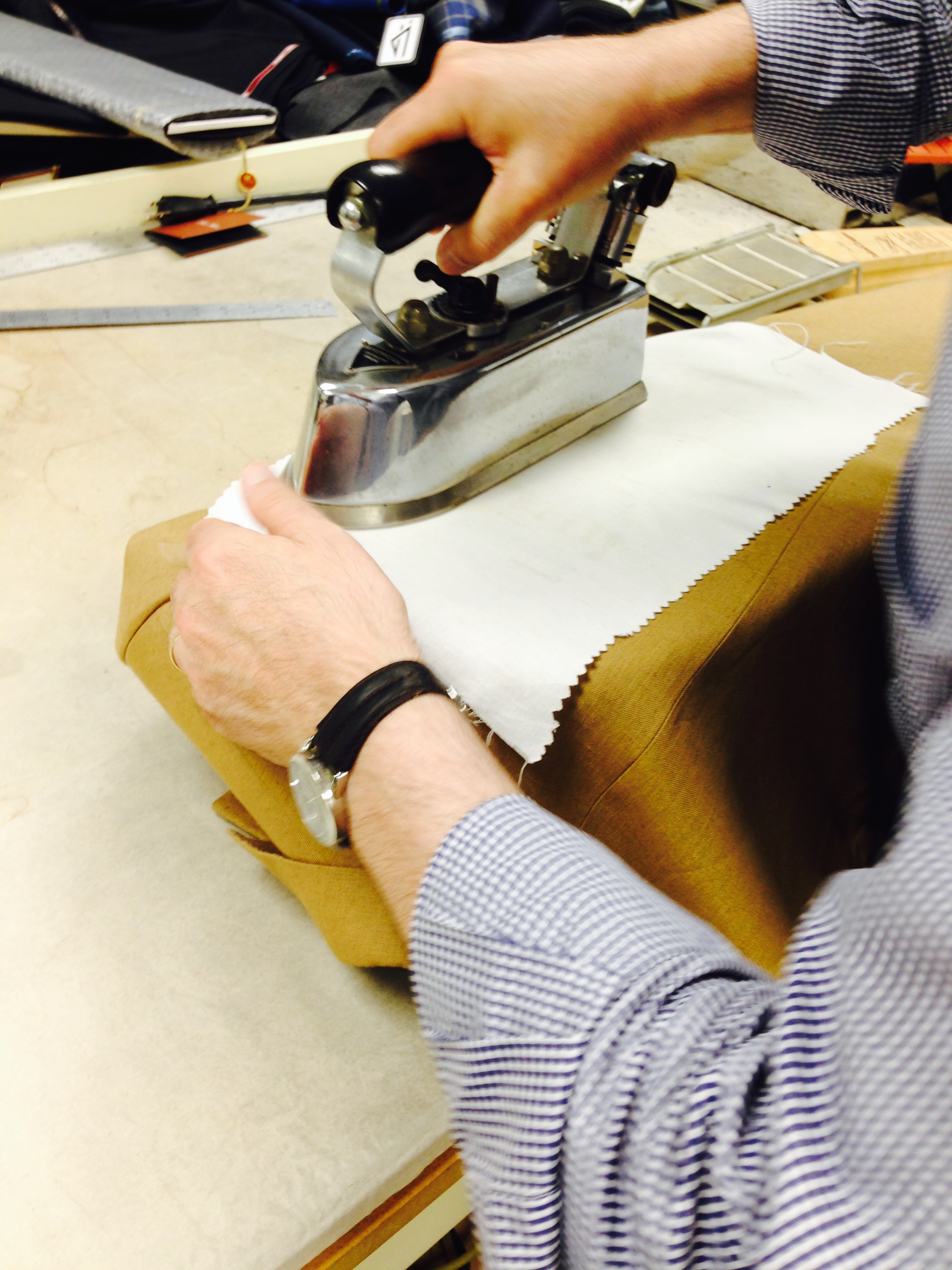The Case for Concassé
Concassé in the flesh. Actually Concassé is the flesh.
Demi-glace and roux get all the attention. Unfair, really, as today fewer dishes call for a rich base. Far more likely are meals with raw components and uncooked sauces, or, my favorite, a well-roasted piece of meat anointed with its own cooking liquid alongside some gently treated vegetable. And yet a classic and fundamental method trundles along, loyally serving with barely an honorable mention. Pity: tomato concassé is easy, delicious and versatile.
Perhaps the maltreatment begins with the name, derived from the French verb concasser—to crush or grind. One could be forgiven for confusing the finished product for irregular pulp, but like most culinary fundamentals, tomato concassé is far more prescribed: Clean, remove the stem root and score with an x one pound of ripe tomatoes. Bring a large pot of water to the boil and prepare a large ice bath. Boil tomatoes for 30 seconds before immediately plunging into ice bath for another minute. Remove to a colander. Peel skin, half widthwise, de-seed, and roughly chop into pieces approximately 3/8ths of an inch square. This is specific stuff, and plainly free of any grinding or crushing. The novice will immediately discover that concassé's bluster is in the appearance of careful technique; the doing itself is easy.
Apparent expediencies exist. Canned tomatoes aren’t bad, but also effectively demonstrate the advantage of small batches of fresh concassé. The benchmark for canned tomatoes is Italian. San Marzano, a type of plum tomato, has a high flesh-to-skin/seed ratio, the most consistent examples of which come from Apulia and Campania in the south. I’ve also seen rare cultivars grown on the slopes of Mount Vesuvius selling for more than a tenner a can. High or low, canned tomatoes are no more concassé than a bouillon cube is stock. Canned tomatoes will be skinless, but not seedless. They are mostly cooked through as opposed to blanched. They are also packed in a puree; the flesh is necessarily waterlogged, which is fine for the long-cooking scenarios of Italian sauces, but unsuitable for quicker application. Concassé is the opposite in almost every respect: obsessively seedless and skinless, essentially raw, and comparatively drained of liquid—not dry, but concentrated. The taste is rounder, fruitier and far more vibrant.
The canned Italian stuff: not bad, just not concassé.
Concassé is an ingredient rather than a one-dimensional preparation. Anyone who has spent time perusing Escoffier’s Le Guide Culinaire will have noticed, often with a frown, that the terse descriptions feature ingredients like “1 deciliter of fish glaze” or “500 grams of forcemeat.” Of course Escoffier might not have anticipated the amateur referencing his tome. But the principle of well-understood components serving as ingredients is fundamental to more advanced cookery. Put another way, if one wishes to improve as home cook, recipes are far less important than technique and ingredients. Just like roux or a simple pan sauce, tomato concassé is endlessly versatile. Concassé becomes a familiar and luscious spaghetti sauce when simmered with sautéd mirepoix. It is essential in rich winter braises of oxtails or short ribs. Seasoned with salt, concassé is also useful alone: as dollops on a plate of mashed potatoes and roasted chicken, on goat cheese canapés, or as a spread on a sandwich.
The lynchpin of all this famous ease, flavor and versatility is the tomato itself. In case the smarty-pants bit of trivia has been forgotten, tomatoes are fruits. This is significant; generally speaking, fruits are sweeter and less fibrous than vegetables, but tomatoes also have a pliable vegetable character alongside vibrant acidity. These characteristics get amplified in concassé and the result is an ingredient that instantly adds desirable complexity to a dish. Underrated indeed.



































































